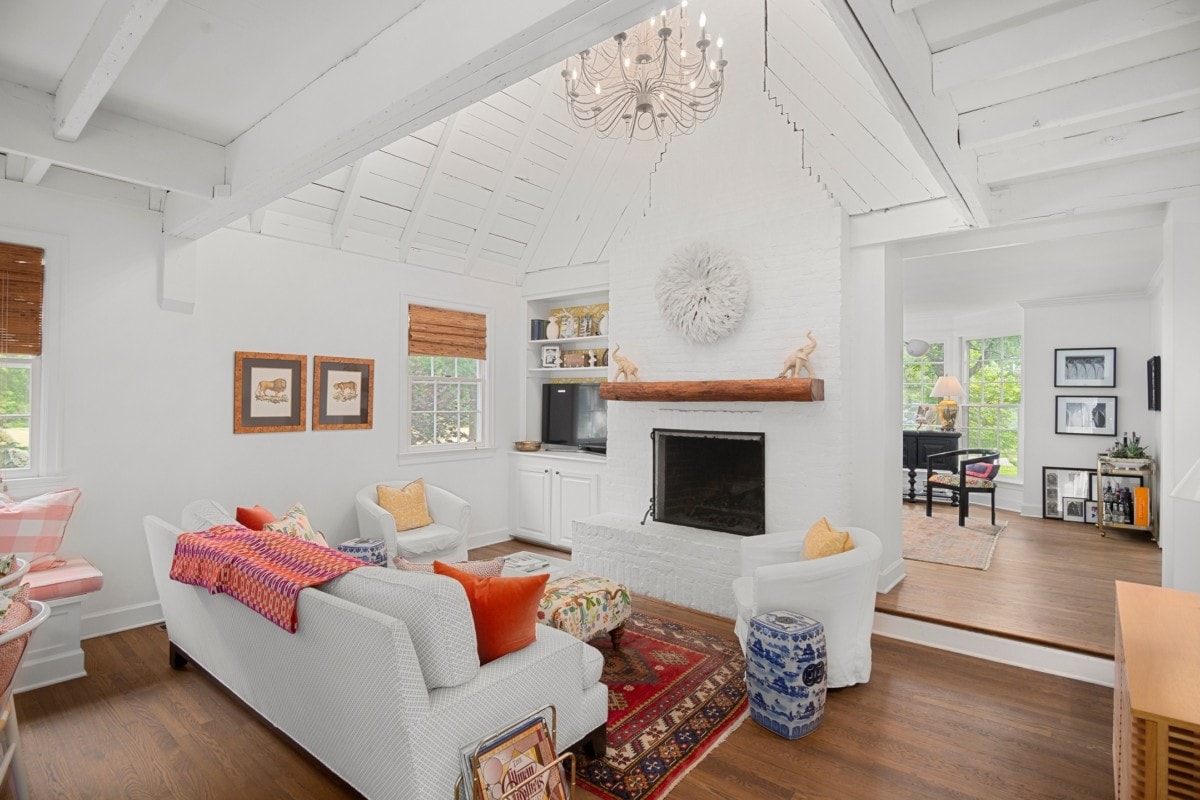Elevate Your Space with Interior Design Rendering: Bringing Imagination to Life

Interior design is a creative and transformative process that allows individuals to shape their living or working spaces to reflect their personal style and functional needs. With the advent of technology, rendering has become an invaluable tool in the world of interior design. Interior design rendering brings virtual representations of spaces to life, providing a realistic visualization of design concepts. In this article, we will explore the benefits of rendering in interior design and how it revolutionizes the design process.
Visualizing Design Concepts
Interior design rendering offers the ability to visualize design concepts before implementation. Traditional methods, such as sketches and floor plans, may leave room for interpretation. However, with rendering, clients and designers can experience a realistic representation of the final result, including colors, textures, furniture placement, and lighting. This visual clarity allows for better decision-making, as clients can see how different elements work together and make informed choices about the design direction.
Enhancing Communication and Collaboration
Rendering facilitates effective communication and collaboration between interior designers, clients, and other stakeholders involved in the design process. Here’s how rendering streamlines communication:
a. Design Concept Presentation: Rendering enables designers to present their ideas in a visually compelling way. Clients can easily understand and envision the proposed design, making it easier to provide feedback, ask questions, and express their preferences.
b. Client-Designer Collaboration: With rendering, clients can actively participate in the design process. They can provide input, request modifications, and work collaboratively with the designer to achieve their vision. Rendering acts as a bridge between the client’s imagination and the designer’s expertise, fostering a fruitful partnership.
c. Stakeholder Alignment: Rendering helps align various stakeholders, such as contractors, architects, and suppliers, by providing a shared visual reference. This ensures that everyone involved in the project has a clear understanding of the design intent, minimizing miscommunication and facilitating a smoother implementation process.
Time and Cost Efficiency
Interior design rendering offers significant time and cost savings compared to traditional design approaches. Hiring a rendering company like The Render Unit can also save you time and money, as they have the necessary tools and software to produce visuals quickly and efficiently. They also have the technical expertise to troubleshoot any issues that may arise during the rendering process.
Consider the following benefits:
a. Design Iterations: Rendering allows for quick and efficient design iterations. Designers can make changes to the virtual model, such as furniture arrangements, material selections, or lighting schemes, and instantly visualize the impact. This eliminates the need for multiple physical prototypes or costly revisions, saving both time and money.
b. Material and Resource Management: With rendering, designers can experiment with different materials and finishes virtually, helping to make informed choices before investing in physical samples. This not only saves costs associated with material testing but also reduces waste and environmental impact.
c. Decision-Making Confidence: Clients and designers can make well-informed decisions based on the realistic visualizations provided by rendering. This minimizes the risk of design changes during the construction phase, which can lead to costly delays and rework.
Marketing and Presentation
Interior design rendering enhances marketing efforts and presentation materials, allowing designers to showcase their work in a visually captivating way. Rendered images and walkthrough animations can be used in portfolios, websites, social media, and marketing materials to attract potential clients, demonstrate design capabilities, and differentiate from competitors. The immersive experience offered by rendering creates a lasting impression and generates excitement about the design concept.
Conclusion
Interior design rendering has revolutionized the way design concepts are communicated and visualized. By harnessing the power of technology, interior designers can provide clients with realistic representations of their design ideas, fostering effective communication, collaboration, and decision-making. Rendering saves time, reduces costs, and enhances marketing efforts, making it an indispensable tool in the modern interior design industry. Embrace the transformative capabilities of interior design rendering and witness the seamless translation of imagination into captivating and functional spaces.




























